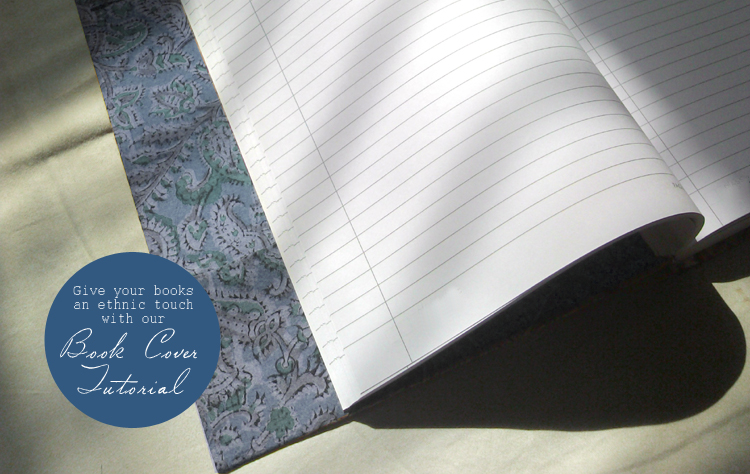
Traditional fabrics have an understated charm of their own. They not only look and feel good, but also evoke mixed emotions of calmness, restlessness and nostalgia.
When these traditional fabrics permeate unusual spaces, like offices and study desks, they bring in a sense of longing for the bygone era. In contrast with the impersonal, mono-chromatic, glass-acrylic laden workplaces, traditional fabrics seem to remind us of our roots and tell us to take things slow.
Wrapping these ethnic fabrics around our everyday utility items like books and workstations not only breaks the monotony of the daily grind but also becomes a great conversation starter for those who like to stay rooted. Not to mention how good the hand-woven texture feels when touched.
Here is a simple tutorial on covering your notebooks (not the eBooks, but then why not) with traditional hand loom fabrics that serve as a great reminder of good-slow-life. Let’s get started with the tutorial.
How to cover a book with a cloth – Simple DIY Instructables
Thing you need for covering a book with cloth
Assemble all the tools and material you need to make your book covering:
- Cloth Material: You can use any fabric you can lay your hands on. I have used the traditional Kalamkaari fabric for my books as I love this ethnic Indian dying art form and would like to incorporate it as much as I can.
- Scissors
- Fabric Glue
- Measuring Tape or Scale – If you feel you need to do it perfectly.
How to cover a book with a cloth – Simple Steps
Measure the amount of fabric you need for making your book cover. In this DIY tutorial I have used this blue work of art – kalamkari fabric on both the outer and inner sides of the book covers. When the book is opened, I would still like to romance the fabric and all things blue. Roughly measure the fabric needed and cut out a neat rectangular piece.
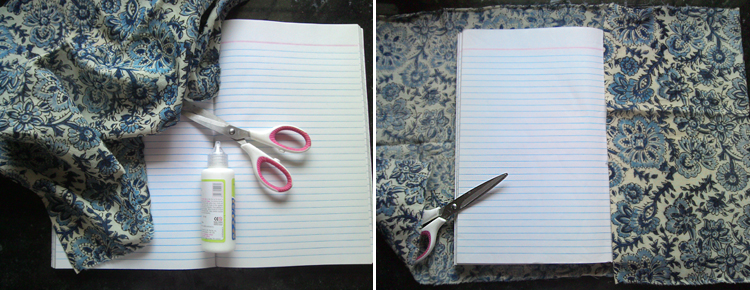
Start with the inner side of the book cover. Line the inner side of the book cover with fabric glue, close to the spine of the book. Place the fabric neatly on this glue line without any creases or gaps. Tap it down to secure the fabric in a straight line. This good starting point will ensure that the fabric will wrap around the book in a neat fashion without getting stretched and pulled.
Glue rest of the inner book cover completely and stick the fabric on in in a sweeping fashion. While sticking, ensure that the fabric sticks flat, without any air gaps or crease lines. Pat the glued fabric to ensure that the fabric has stuck well and feels firm.
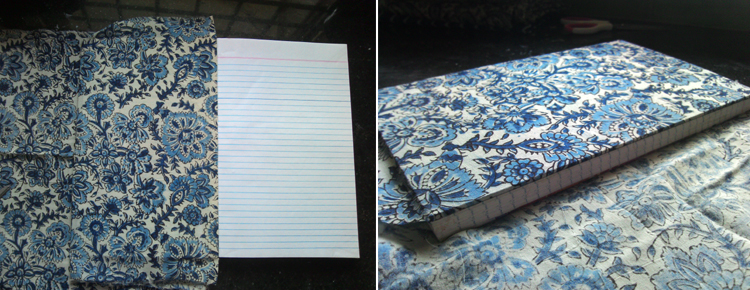
Close the book and continue to paste the fabric to the outer sides in the same manner, ensuring flatness of your fabric on the book cover.
Take care when you paste the cloth along the spine of the book. Follow the contours of the spine and paste the fabric accordingly. Don’t stretch the fabric too much but let it go inside the hollows and troughs along the spine. This will make your book feel more like book, rather than just a cloth cover. Little things matter.
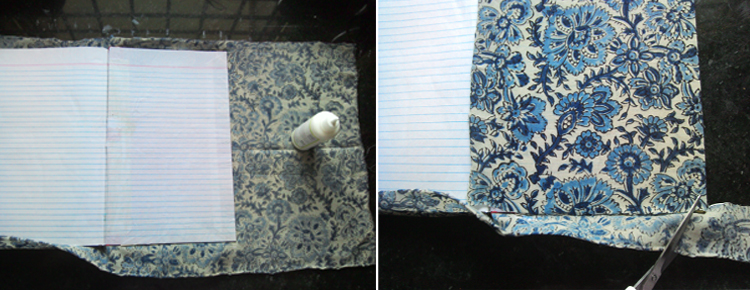
After pasting the both the outer sides of the book, the the inner side pasting gets a little tricky. Paste the fabric halfway into the page. Determine how much more fabric is needed to glue the cloth close to the spine. Cut the extra cloth accordingly so that it fits the inner side perfectly. Paste it along the spine of the book. Ensure that the extra glue is wiped out as it would stick to the pages.
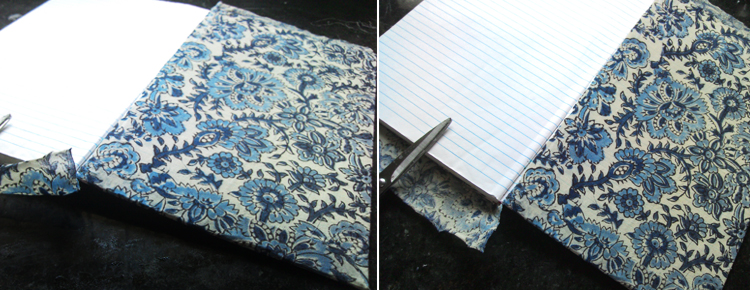
After ensuring both the inner and outer sides of the books are firmly covered with the fabric, make a cut near to the spine, where you open the book. Fold this extra hanging cloth and glue it on the inner side of the book cover. Neatness of this folding job makes the book look great. Use a plastic sheet to prevent the glue from sticking to the inner pages.

After pasting extra cloth on the inner sides neatly, you will be left with two extra hanging extensions on either sides of the spine. You could either snip of the extra length and fold these in. Or…
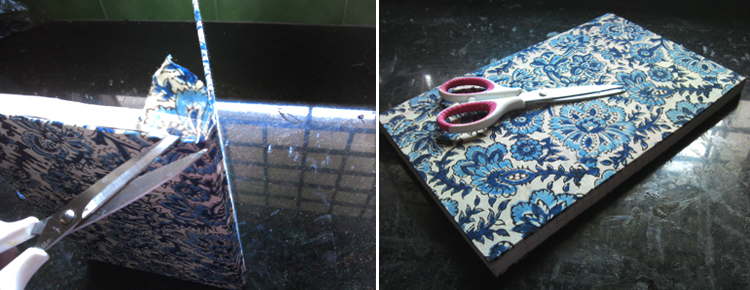
Snip cut the extra cloth close to the book. Ensure that this area is well glued so that the fabric does not give away with use, over time. After the glue dries, nip away extra threads or shreds of fabric from the book, both on the outside and inside for a smooth finish.
Use your brand new notebook with cloth covering and enjoy it while it lasts. While you could use the same fabric to create a set of books, you can also go for assorted fabrics and colours to suit your purpose and mood. I tend to lean towards blues but then wake up to the fact that that other colors are awesome too.
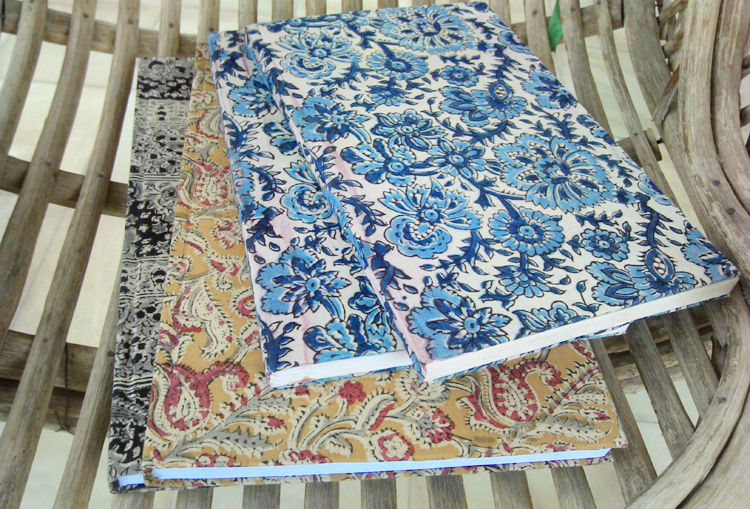
The hand woven fabrics ensure that the book stays strong and sturdy for a long time to come. It gives you that extra time to enjoy what you have created with your own hands – putting your thoughts, inspiration, ideas and effort into making it come alive.
How can it not be lovely, when you make it with love?
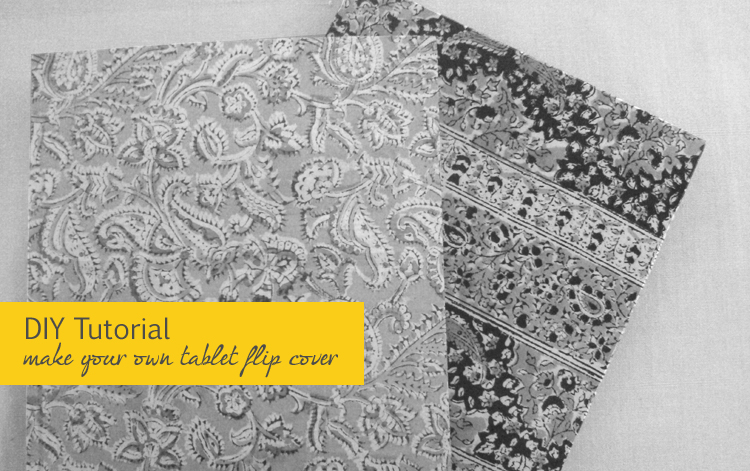

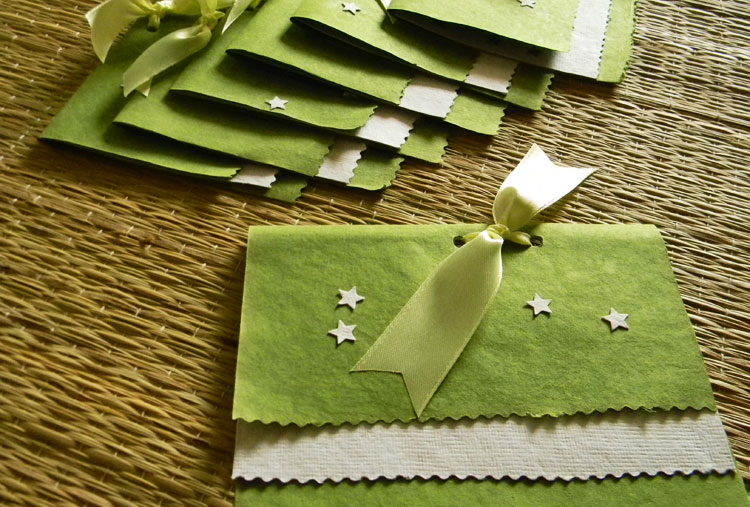


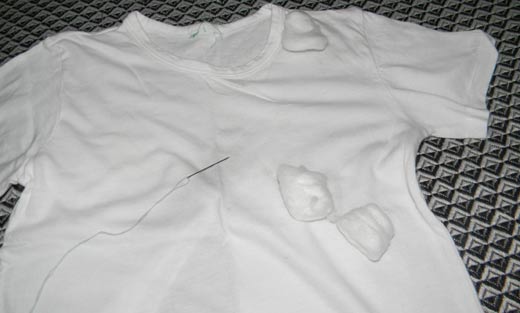
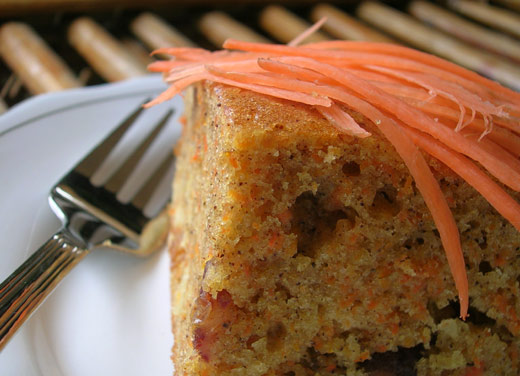
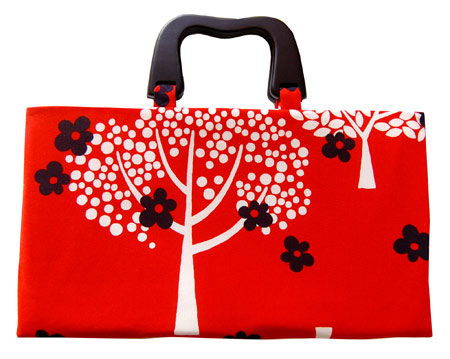
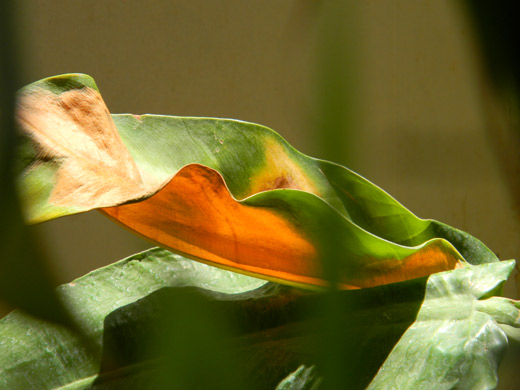
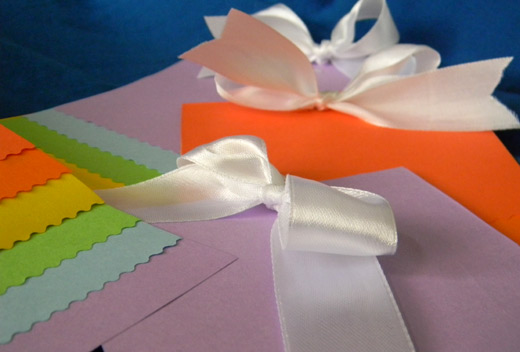


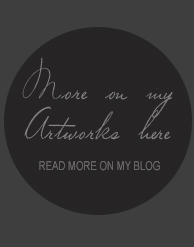

Simply gorgeous. Your ideas are delightfully inspiring and your philosophy is divine.
This was a beautiful tutorial, but I wish there was a way I could purchase these from you, since your artistic touch makes all the difference. I’m waiting for your online store—so I can get my lovely fabric covered books.
Peace
Ansul
http://www.ruhaatish.com
This is super good! The books look gorgeous…